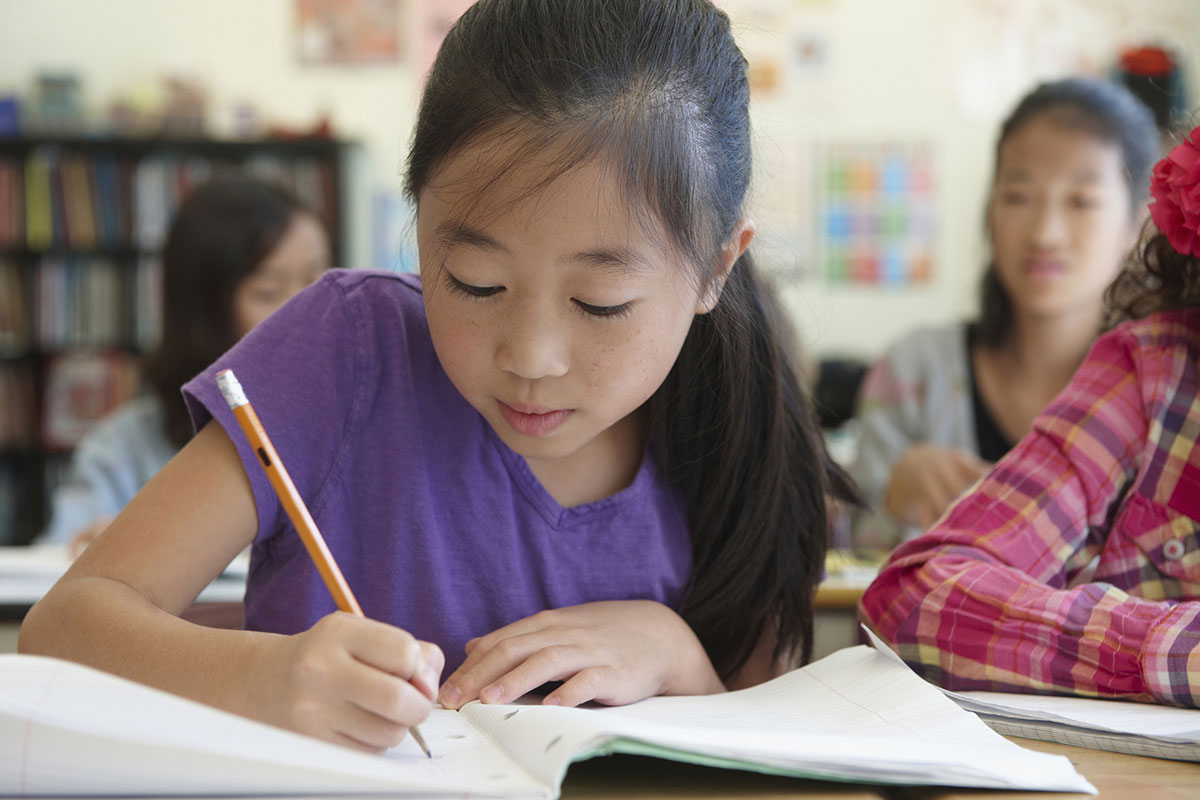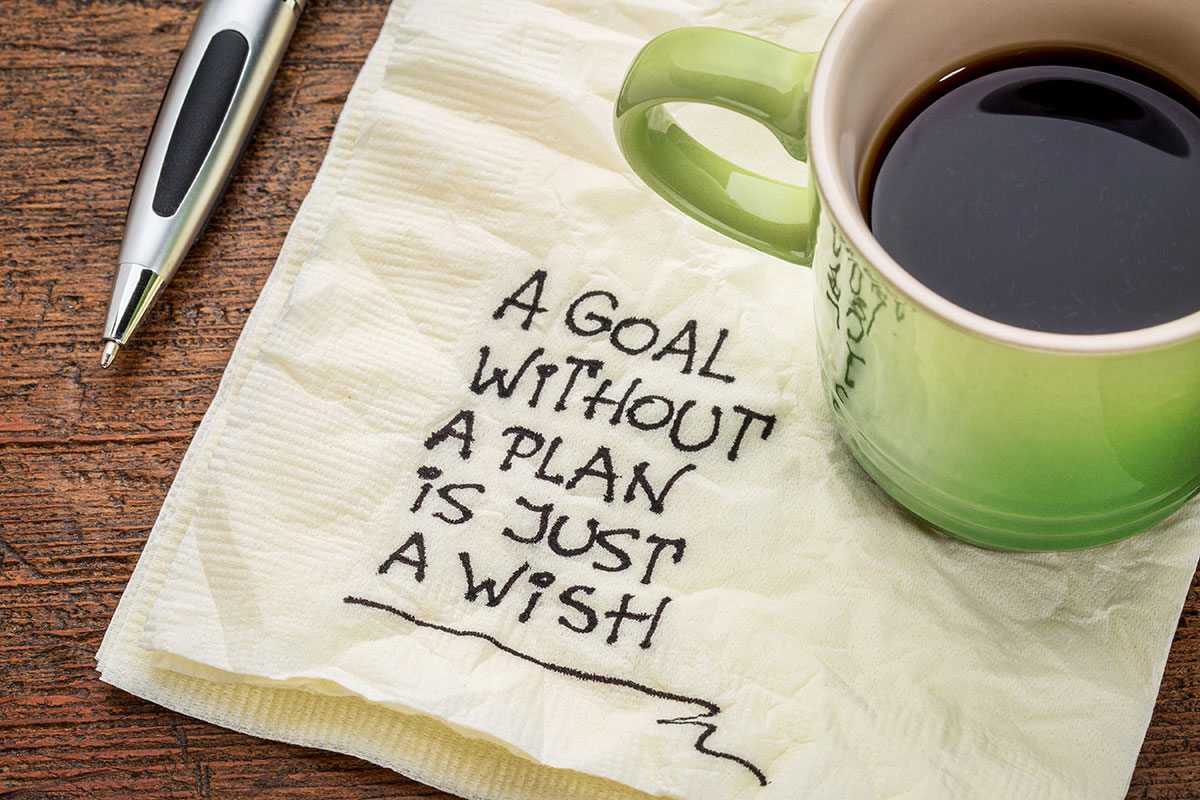Goal Setting: 4 Questions for Students to Consider and Answer
Author: Lynn Kosinski
July 2, 2014

Since student achievement is essential for success, why is the student often left out of the goal-setting process? If we expect children to hit a learning target, we must involve them in the process of creating a plan and providing clear expectations towards achieving goals.
Richard DuFour, an educator for 34 years, author, and consultant, has helped educators bring clarity to their own practice with four essential Professional Learning Community (PLC) questions:
1. What do we want students to learn?
2. How will we know if they have learned?
3. What will we do if they don’t learn?
4. What will we do if they already know it?[1]
In order to empower students to set their own goals, we must teach them to ask questions and help them answer similar types of reflective questions.
Goal Setting: 4 Questions for Students
What are the four empowering questions for students? They are:
1. Where am I trying to go?
2. Where am I now?
3. How do I close my learning gap?
4. How do I challenge myself?
Let’s take a closer look at each question.

Where am I trying to go?
This sets the stage for teachers and students to discuss an end in mind. Examples might include mastering a grade-level spelling list, increasing a writing rubric score, or reaching a certain reading target measured using a tool such as the Developmental Reading Assessment (DRA). The goal should be clearly understood by the student and recorded in a child-friendly language in something like a data notebook.
Where am I now?
With an end in mind clearly established, students need to know where they are in relation to achieving the goal. We could just tell them, but inviting the students to determine their current status and record it helps their goal become more meaningful. It also helps them develop executive functions such as planning and problem-solving. For example, if the target is a DRA score of 6 by the first marking period, the student must see where he or she is in relation to that target, as shown in the graph below. The student can then see the path to achieve the goal and is empowered to work for it.
How do I close my learning gap?
This question is critical because it indicates the steps that are necessary to achieve the goal. As educators, we should involve students in this process because they are more motivated when they help create their own path. However, we must also use our expertise and knowledge of student learning to arm students with specific strategies or behaviors that will enable them to reach their goal. It is beneficial to present strategies students can practice, with or without direct teacher guidance.
Using the example from above, the teacher may have determined the student requires assistance with decoding skills and comprehension support to achieve a score of 6. The teacher can take this information and recommend strategies for the student to practice when he or she encounters an unknown word: identifying the initial consonant, looking for known words within a larger word, and looking at the picture for clues. Empowered with these specific strategies, the student is now able to take ownership of his or her learning and work to accomplish the goal.
How do I challenge myself?
Using the reading example, let’s pretend the student had already been reading at grade-level expectation. What would you do? Student growth must always remain the goal. Similar to arming the student with strategies to close the learning gap, students must be armed with strategies to exceed expectations and set goals that reflect their potential. Invite students to create goals that push them to make improvements from where they are today and empower them with strategies to do so.
Students who are involved in the goal-setting process are more engaged in self-directed learning and are more motivated to achieve their goals. As educators, we can help guide them in setting goals, but it means so much more to them when they are proactive and are involved in the goal-setting process.
Share Article on
Tags: data driven performance, goal setting, project based learning
